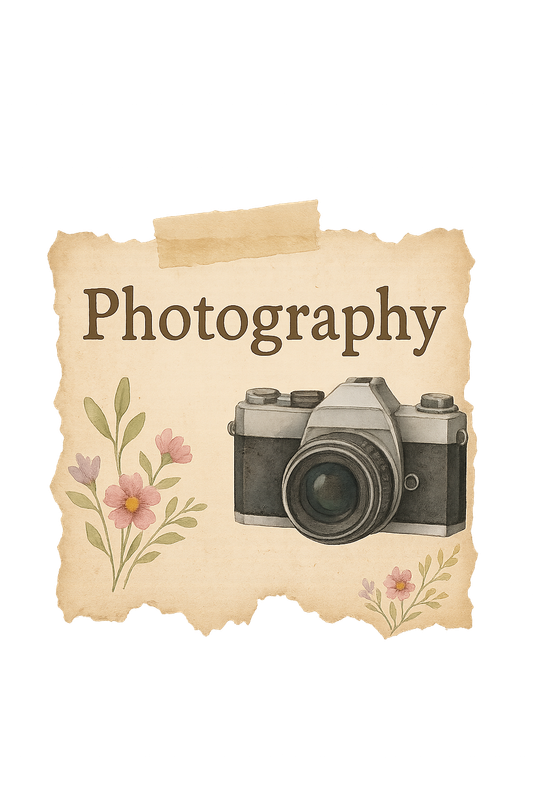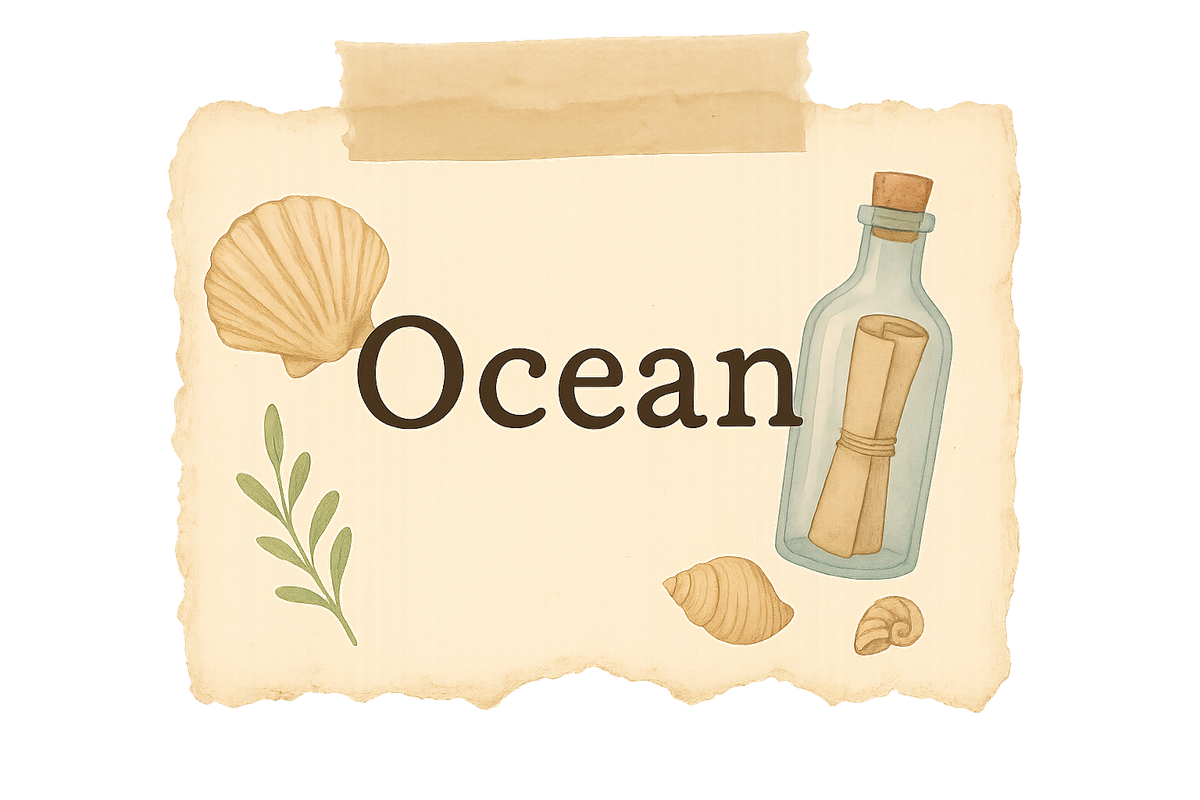.png)
Photography Fun: Creative Motion Blur with Waves
(For Kids, Families, and Photographers of All Levels)
Waves never sit still — and that makes them perfect for a little photography magic. Motion blur captures that constant movement so your photos look dreamy, streaky, and full of life. Whether you’re a kid with a phone, a parent snapping vacation memories, or a photographer looking to try a new technique, motion blur can spark your creativity.
Best part? You don’t need fancy gear. A phone, tablet, or basic camera will do just fine — though if you do have professional equipment, you can take this technique to the next level.
Why Motion Blur is Awesome
For Kids: It’s hands-on, easy to see results, and makes “mistakes” look like art.
For Hobbyists: A playful way to experiment with shutter speed and composition.
For Pros: A chance to create intentional, fine-art images that stand out in a portfolio.
What You’ll Need
A camera, phone, or tablet with manual/“Pro” mode (to control shutter speed)
Tripod or steady surface (optional but highly recommended)
A spot with moving water — ocean waves, waterfalls, fountains, or even a stream
Optional for pros/hobbyists: ND filter to slow shutter in bright light, remote shutter release, and RAW shooting for more editing flexibility
How to Do It
1. Start with Safety
If you’re by the ocean, keep a safe distance from breaking waves.
Use a strap or wrist tether for phones/cameras — no one wants a sea-soaked device.
2. Find Your Scene
Rolling waves, splashes on rocks, or water rushing past pilings work beautifully.
Foreground elements (shells, driftwood, rocks, boats) can anchor your composition.
3. Slow the Shutter
Beginners & kids: Start at 1/4 second to 1 second shutter speed.
Hobbyists/pros: Experiment anywhere from 1/15 second up to 30 seconds with a tripod for long-exposure effects.
Lower ISO to 100 (or 50 if available) to avoid overexposure.
Use a slow-shutter app if shooting on a phone.
4. Hold Steady
Use a tripod, rock, or folded towel.
For handheld blur (more abstract), brace your arms against your body and stay as still as possible.
5. Experiment
Shorter speeds = gentle blur.
Longer speeds = silky, misty water.
Slightly move the camera during exposure for intentional artistic streaks.
6. Review & Adjust
Look at your shots and ask yourself:
“Do I want more or less blur?”
“Would a slower shutter tell the story better?”
Editing Tips
For beginners: Use Snapseed to adjust contrast, color, and sharpness.
For hobbyists/pros: Edit in Lightroom or Photoshop to fine-tune exposure, remove distractions, and enhance mood. RAW files will give you the most flexibility.
Creative Challenges
Paint with Waves: Pan the camera slowly during the shot for painterly textures.
Golden Hour Glow: Capture blurred waves during sunrise or sunset for dreamy colors.
Minimalist Mood: Focus on just water and color tones for fine-art style prints.
Life Lesson Bonus
This isn’t just about photos — motion blur teaches patience, observation, and the beauty of slowing down.
Your Turn:
Whether you’re a curious kid, a hobby photographer, or a seasoned pro, grab your camera and try wave motion blur. Share your shots with #WaveBlurChallenge — I’d love to see your creations!



.png)
No comments:
Post a Comment